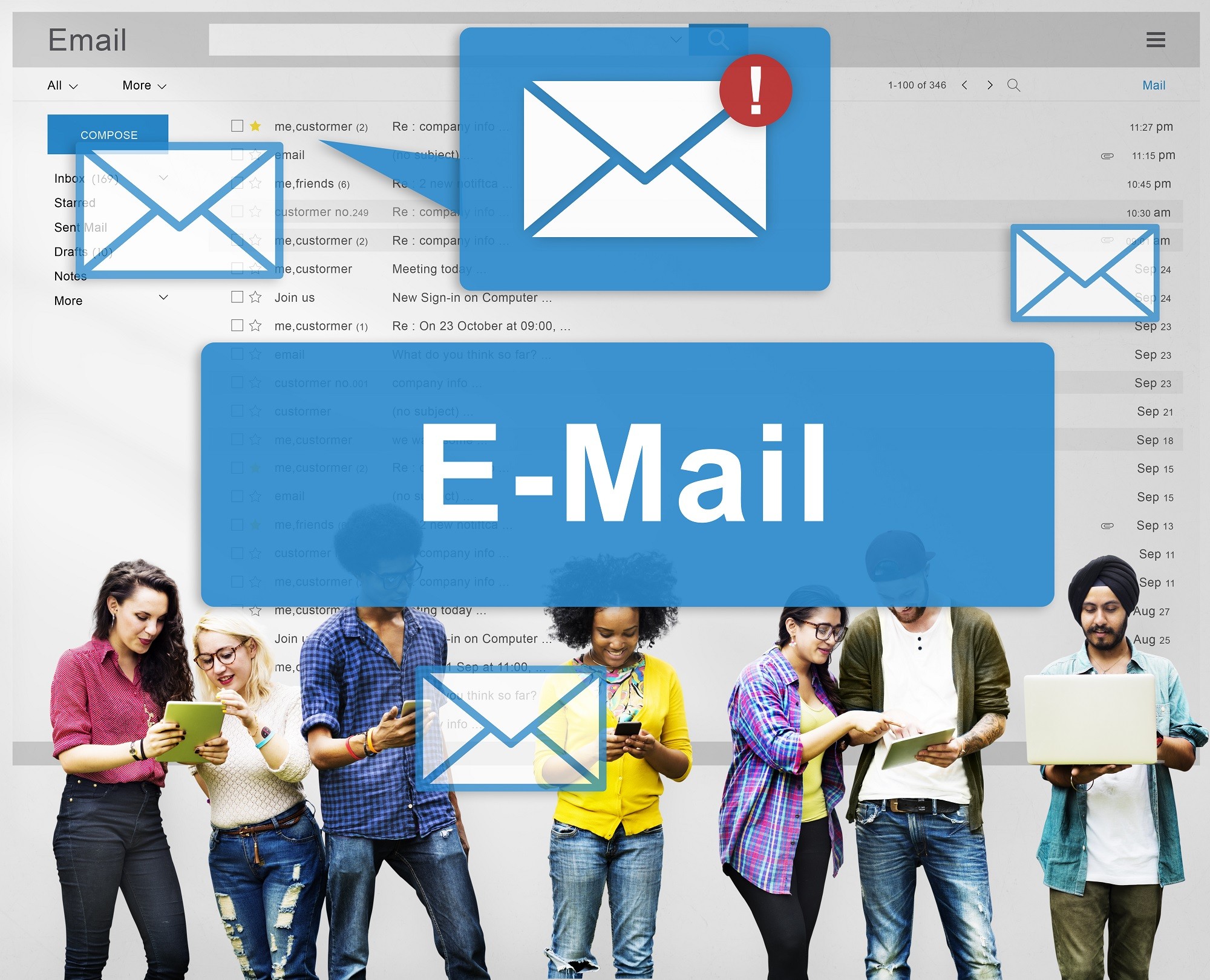The importance of a powerful email subject line

As you’re no doubt aware, your email subject line is a critical factor in determining the success of your email communications. More specifically, the subject line works in combination with the ‘From’ field to enable the recipient to quickly evaluate whether the email is actually worth opening or not. I therefore want to consider in this post which techniques you can utilise to make your subject line more compelling, spurring the recipient to go ahead and open it up…
Think of the subject line as the equivalent of the envelope message in a direct mail piece, or the headline in a press ad. However, with email you have less space and therefore need to be extremely concise and compelling in order to engage your prospective customer. Unlike in direct mail, the ‘From’ field in an email has already identified exactly who the communication is from, so the recipient expects the subject line to get straight to the point.
Relevant benefits are key, and plain language should be used with no word play or humour. It also pays to be exact in the subject line, front-ending it with your most relevant keywords. For example “10 time-saving online security techniques” quantifies the benefit of reading the email, as well as allowing the reader to estimate the time commitment they will need to make in order to gain the benefit. However, be aware of potential ‘danger’ words that could cause your email to be classified as spam, for example ‘free’. The bottom-line is that your prospective customer wants to quickly know what the benefit to them is, and they simply do not have the time or patience to open your email to work this out.
However, for certain specific audiences (such as regular customers and qualified prospects who already know the writer and have opted-in to receive their emails), relevant surprise can work well in subject lines. By alluding to a specific benefit in a quirky or interesting way you can encourage your prospective customer to open up the email to find out more. But this is because they already trust the sender, so they are willing to give them the benefit of the doubt when opening their email. In general though, unless your subject line at least gives an indication of your benefit, busy people generally will not make the effort to open up the email in order to decipher exactly what you are trying to offer them.
See below the subject lines of 10 recent Oxfam emails which each use an element of relevant intrigue (aided by the occasional ‘?’ and ‘…’) to encourage the recipient to read further:
- Double your money today
- The best day ever?
- The coming days are critical
- Now here’s a touch of class
- This is special
- I didn’t expect this…
- Wonderful news
- You’ve changed…
- This will make you smile
- I need to tell you what I saw in West Africa
Personalisation can work in the subject field – but only on those rare occasions where it actually feels natural and unforced (just clumsily inserting the recipient’s Christian name does not add any real value). It is usually far more powerful to customise the subject line so that it reflects the recipient’s personal preferences, interests or past purchasing behaviour (although be aware that previous purchases may have been made on behalf of someone else). The best advice is to go ahead and test it, in order to determine whether personalisation or customisation of the subject line can work for your organisation. For each campaign, you should always factor in testing different variants of new subject lines against the current ‘control’ subject line – this is an area where it is very difficult to predict beforehand what will actually go on to perform the best.
One other point worth bearing in mind regarding the subject line is that it is advisable to check with each major Internet Service Provider (ISP) what the maximum number of characters is for the subject line. Keep in mind though that what is actually displayed in the recipient’s inbox will depend on how wide they have set the ‘subject’ field pane in their email inbox. There is even less space available on mobile devices, so it pays to keep the subject line as brief as possible – ideally no more than around 35 characters, but certainly not more than 50 characters.
What about you: are there any particular types of subject line that have tended to perform better for your organisation – or any that failed miserably? (I’ve had my fair share of those too!)
If you’re interested in exploring this area in more detail (together with relevant examples), you might like my recent book ‘Successful Marketing Communications’.



